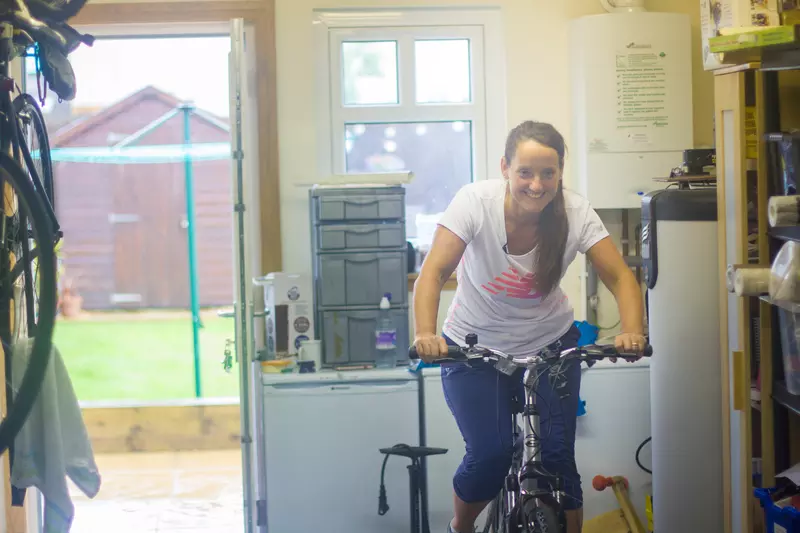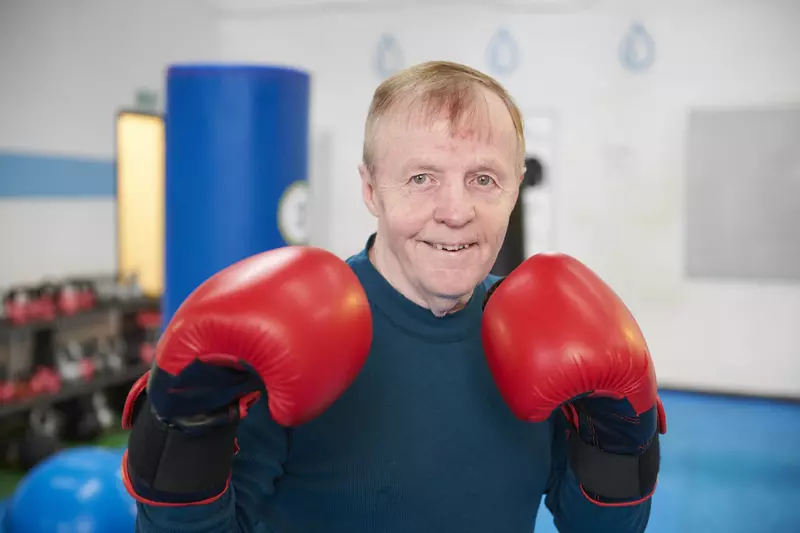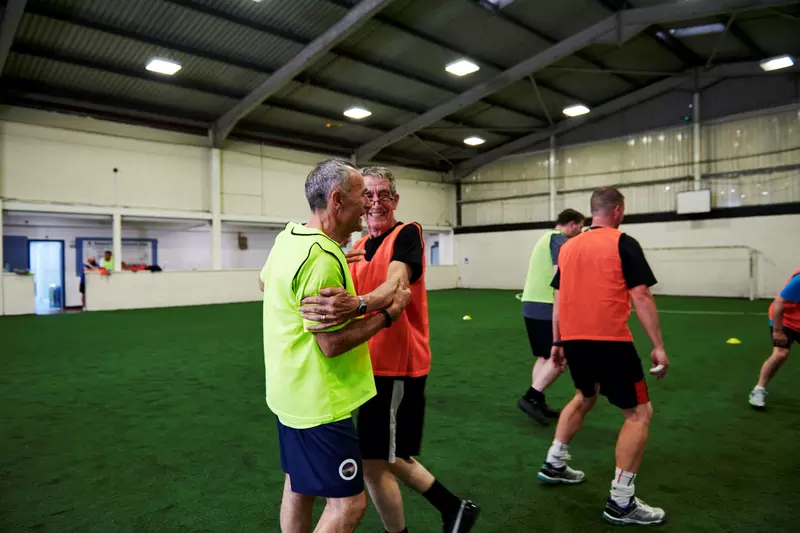Why high intensity exercise matters when you have Parkinson's
Julie Jones, Associate Dean at the Robert Gordon University, Aberdeen, explains why it’s important to get your heart rate up and break a sweat when you have Parkinson’s.
Why is high intensity exercise so important?
Different types of physical activity and sport are beneficial for people with Parkinson’s. But more recently research has shown that moderate to high intensity exercise is particularly good for you.
High intensity exercise has a positive impact on the health and development of neurons in your brain. Neurons are nerve cells that send messages to different parts of your body to allow you to do things such as breathing, moving, talking and thinking.
It can also help your neurons to work better. This is important in Parkinson’s because as dopamine-producing nerve cells die, parts of the brain stop working normally and cause Parkinson's symptoms to appear.

I’m not confident I could manage a high intensity work out. What can I do?
Guidelines suggest we should be aiming for 30 minutes of moderate to high intensity activity, 5 times a week. But many of us will need time to build up to this target.
Set yourself a goal and gradually increase the time you spend moving at a higher level. For example, on a 30 minute walk, try increasing your pace for 2 minutes, then return to your normal pace for 5 minutes and repeat. Over time, you can increase the duration spent walking at a higher pace.
It’s important to try an activity or programme that challenges you, keeps you motivated and prevents plateaus. This can happen when your body adjusts to the demands of the activity you're doing. Assessing yourself and increasing your activity, when you feel it’s becoming too easy, can help avoid this.
Small changes can make a big difference. You could try:
- increasing the number of repetitions of an exercise - if you can comfortably do 10 lunges then increase to 12 lunges
- increasing the weights used in resistance workouts in small increments
- increasing how long you spend doing an exercise or activity by a few minutes at a time
- adding inclines (hills and steps) to your walking route

How do I know if my activity is intensive enough?
High intensity activity raises your heart rate, gets you out of puff, and makes you sweat. As a guide you should still be able to speak, but you may not manage a full sentence.

What’s the best type of high intensity exercise?
Aerobic activity will raise your heart rate and also help improve muscle tone. Examples of aerobic activity includes:
- Walking: walk with a friend, join a walking group, or search online for local ‘wellbeing walks’. These are led walks that support people who are starting to get active.
- Cycling: a low impact option that also has the benefit of getting you outside. If you’re not confident cycling outside then a stationary bike is a great alternative.
- Dancing: a fun and social activity with lots of options, such as salsa, Zumba and line dancing.
- Swimming: another great low impact option if you have joint issues or back problems, but do try and swim a little faster or longer each time you go.
- Walking football: this is a great activity if you can’t run as much any more but enjoy a team sport to get your heart rate up.

